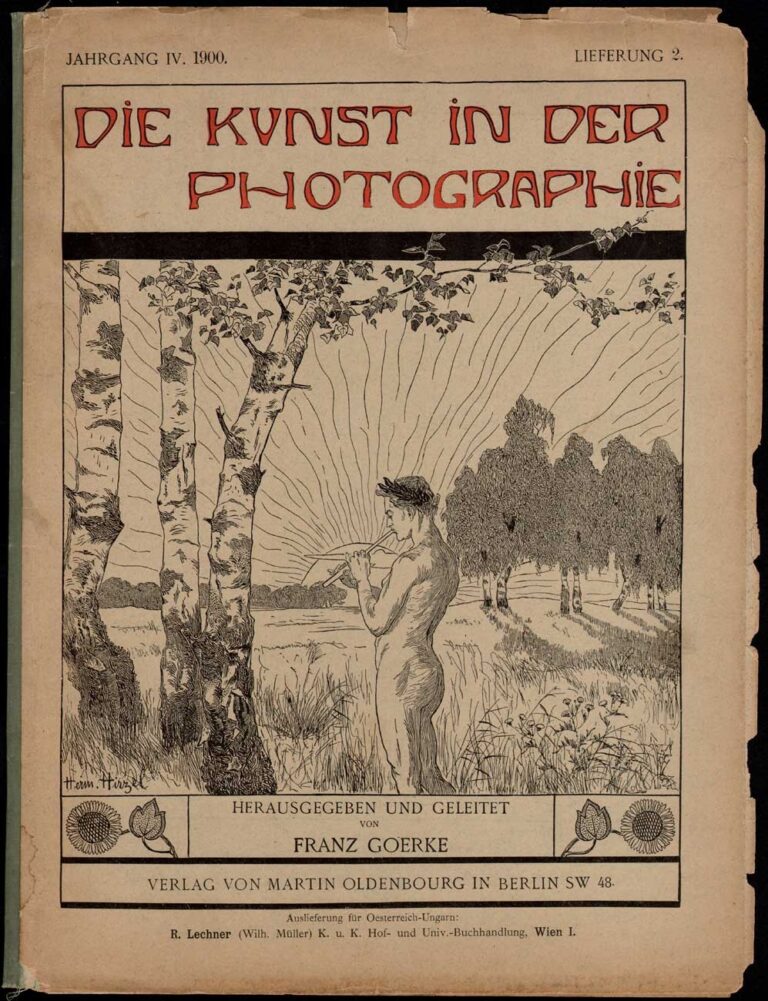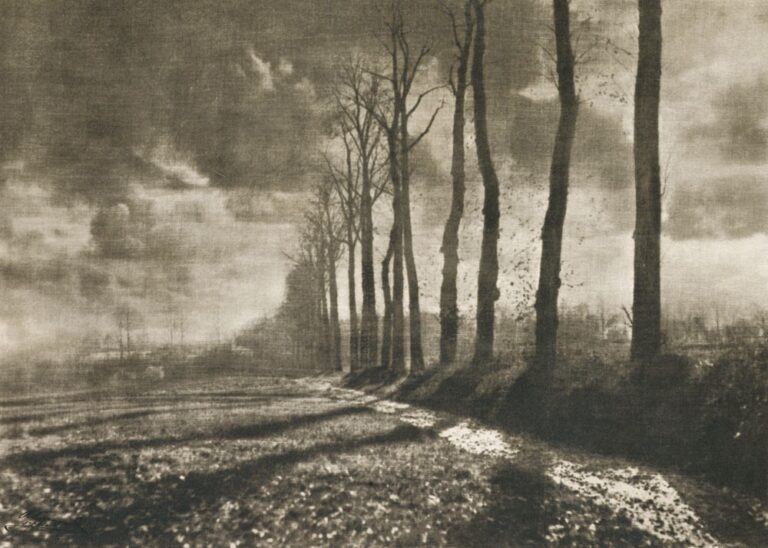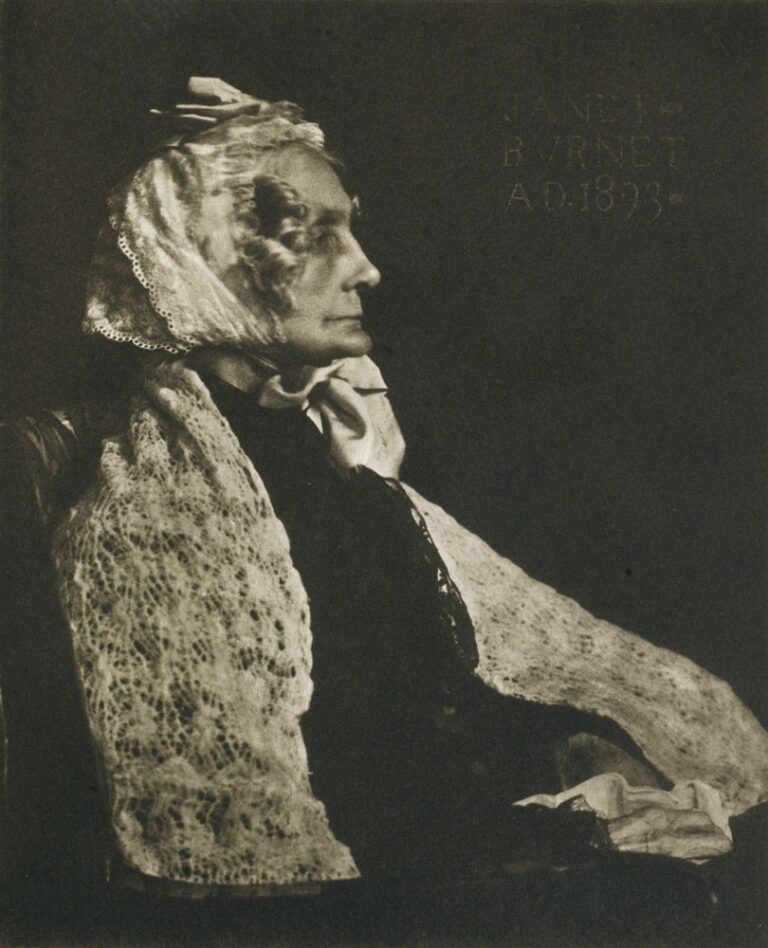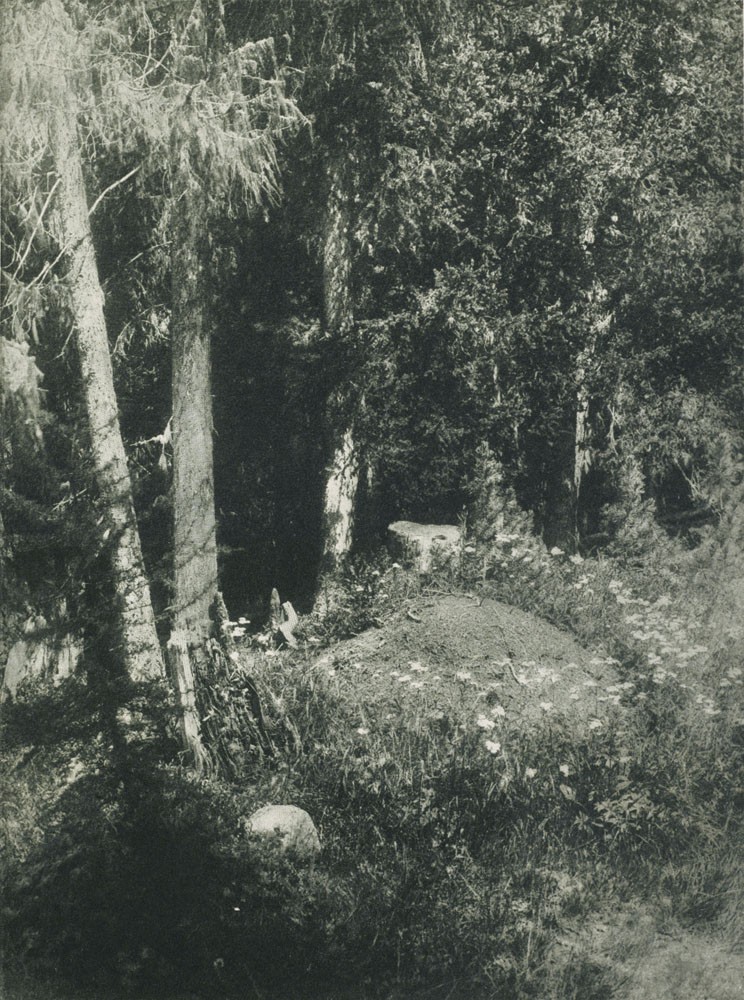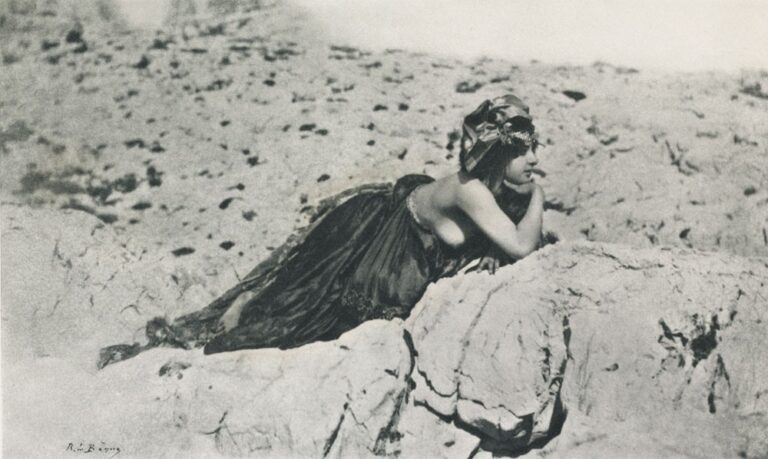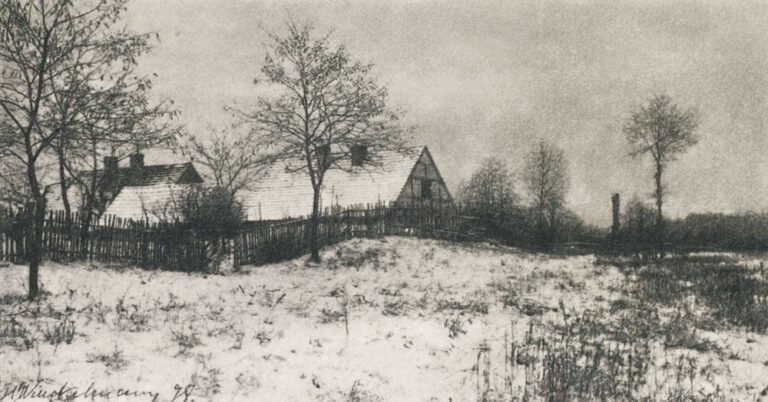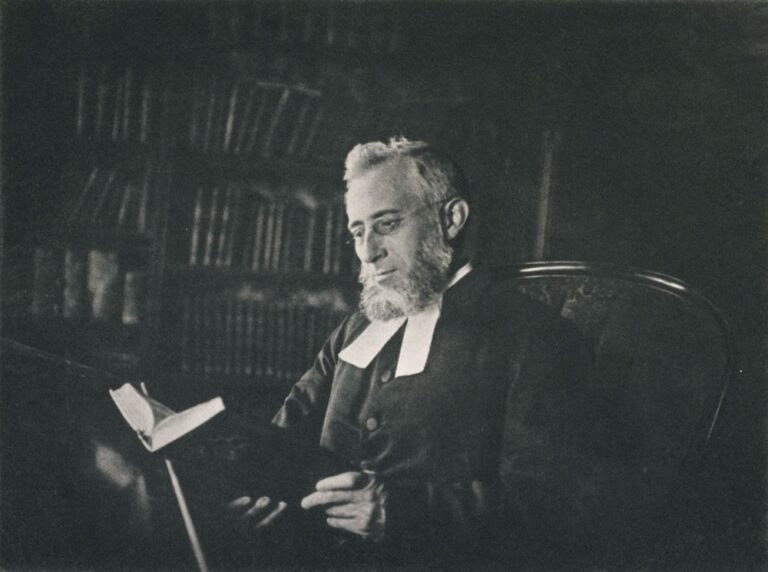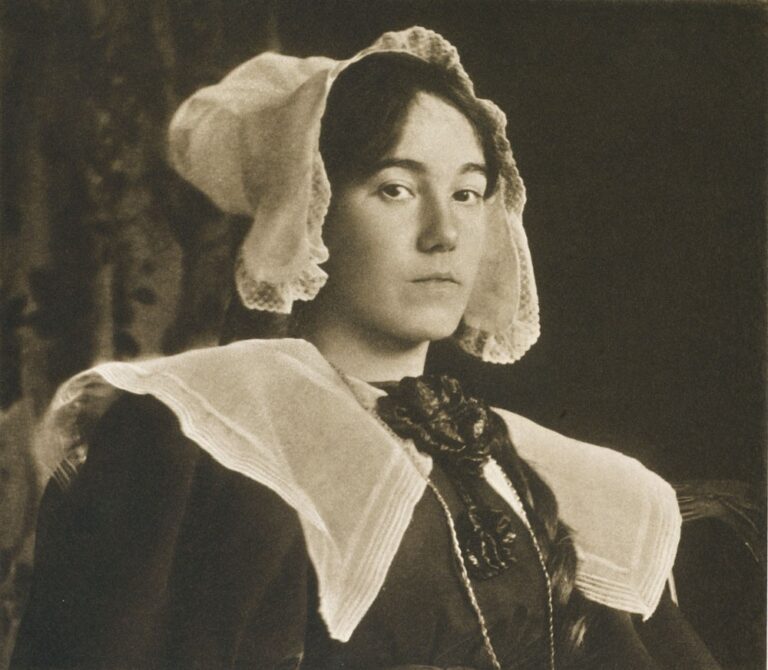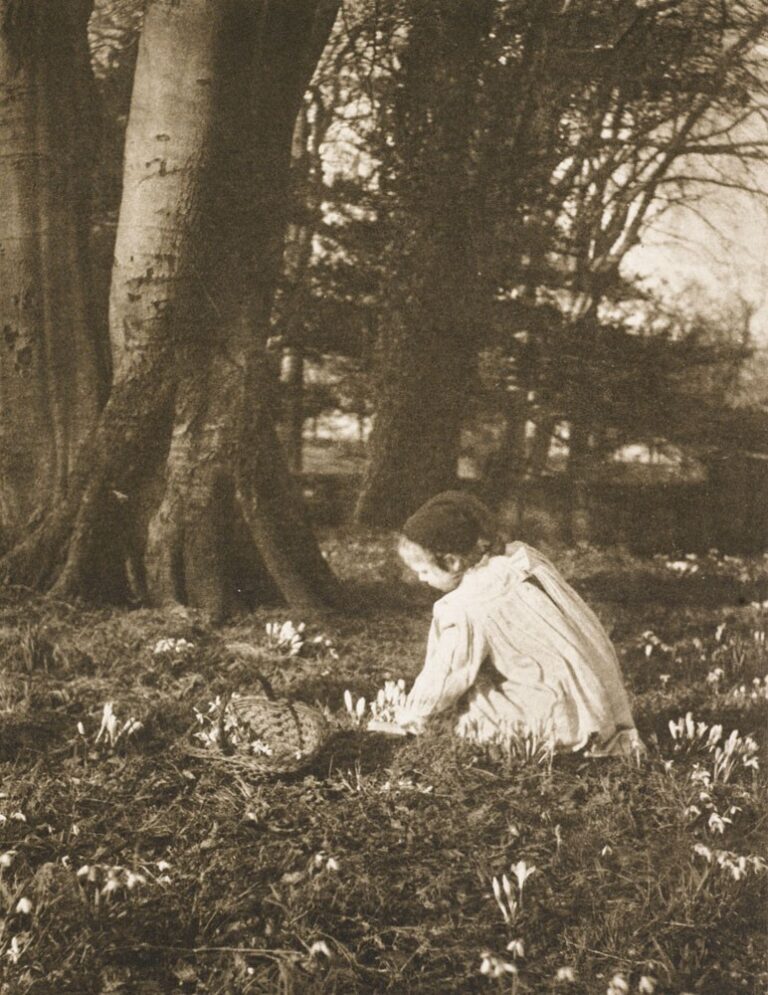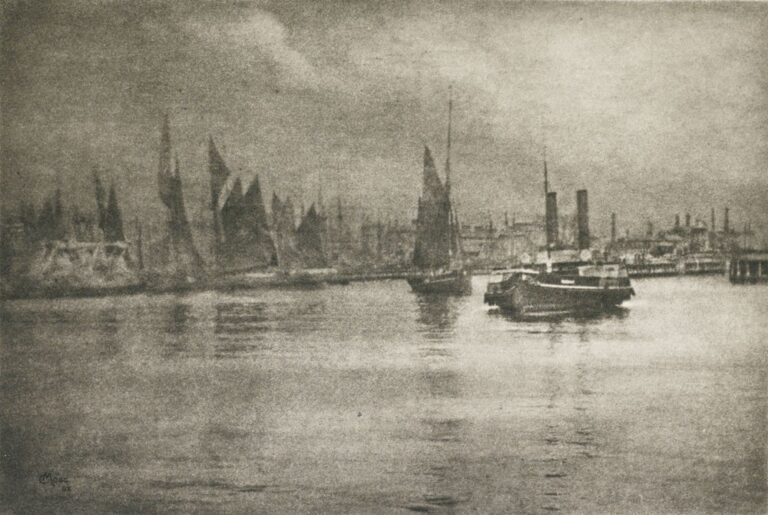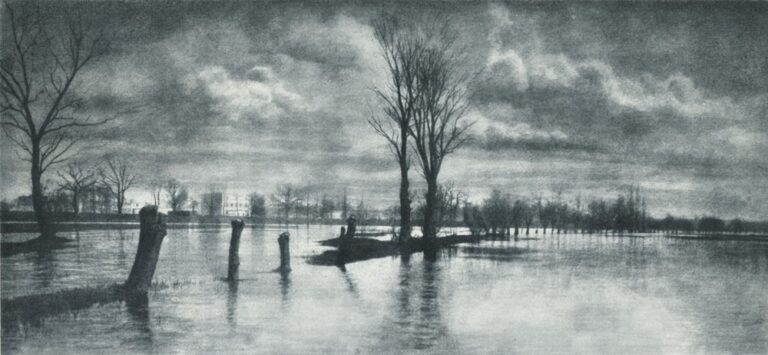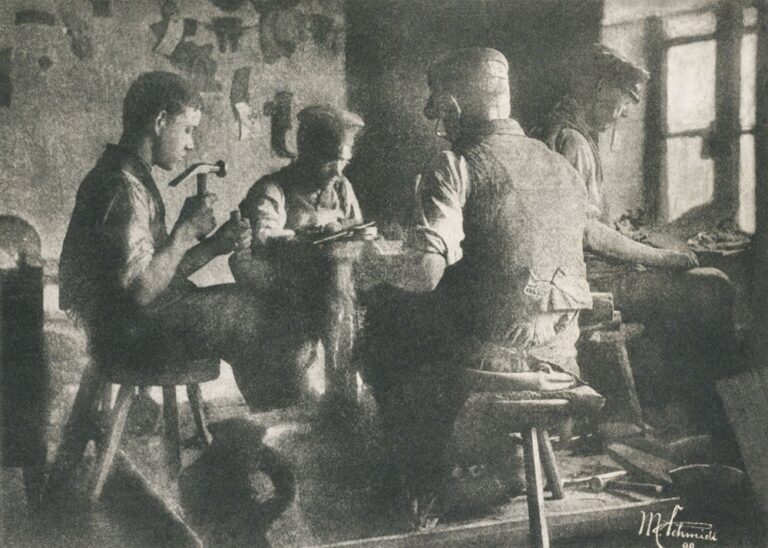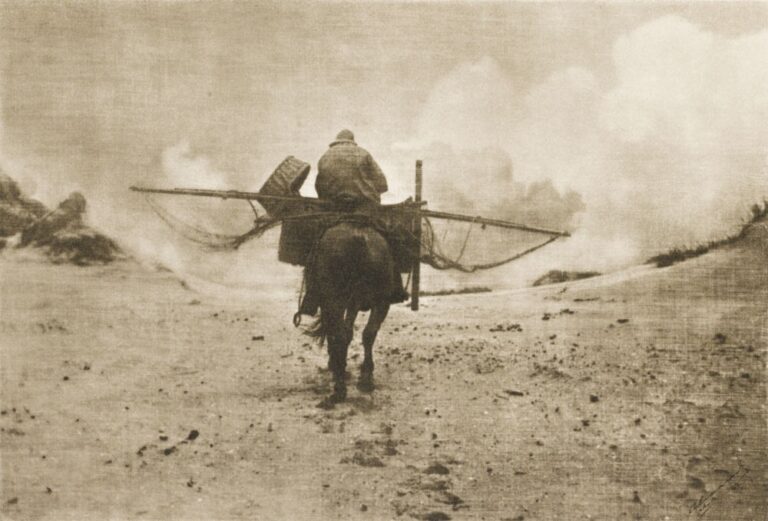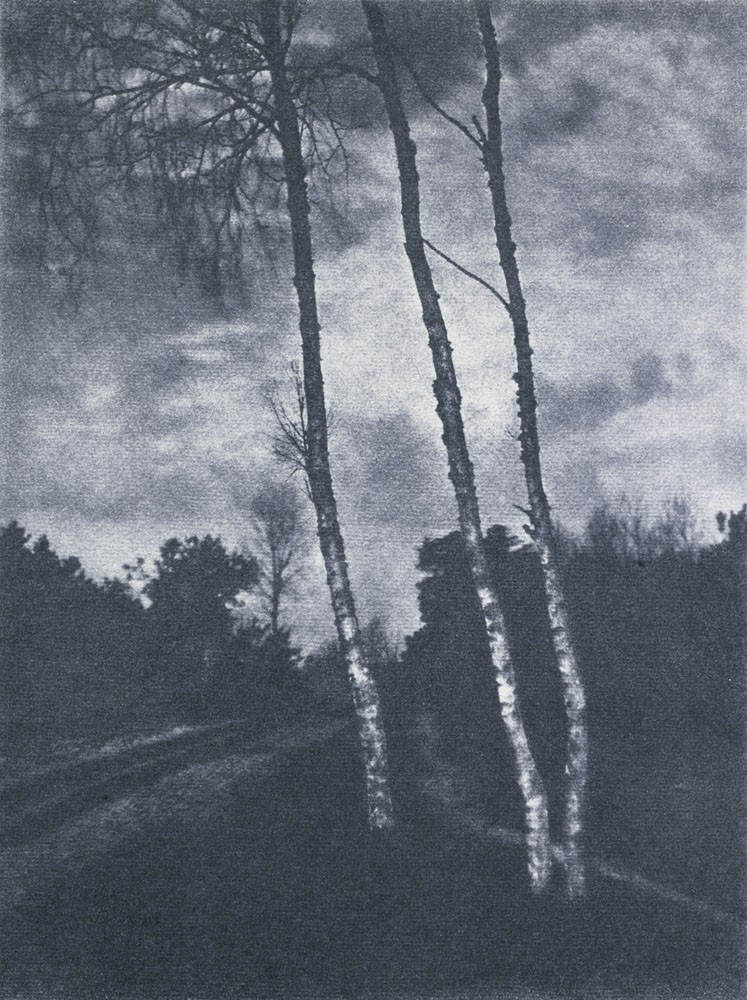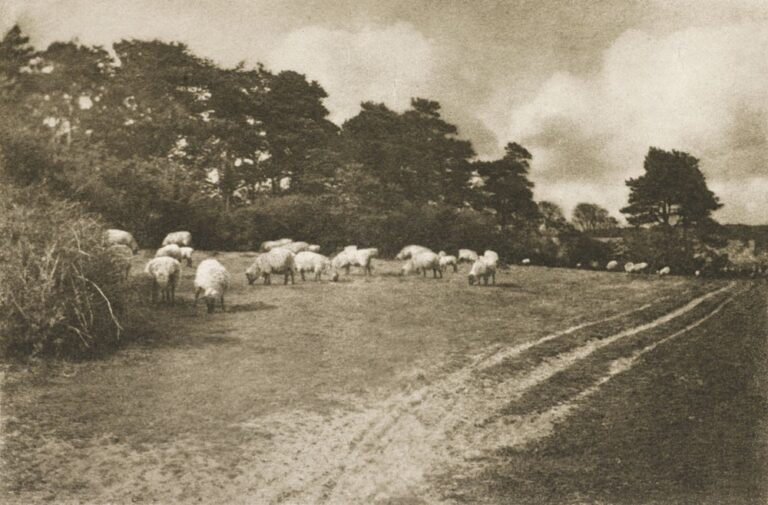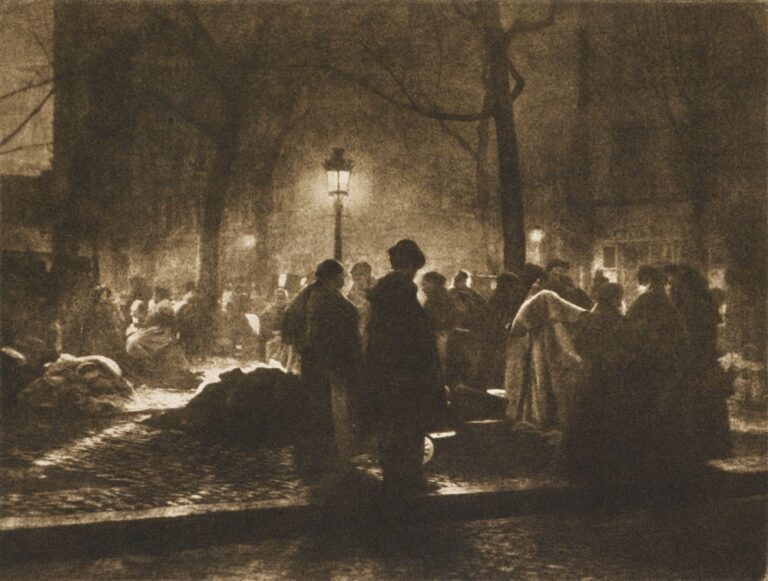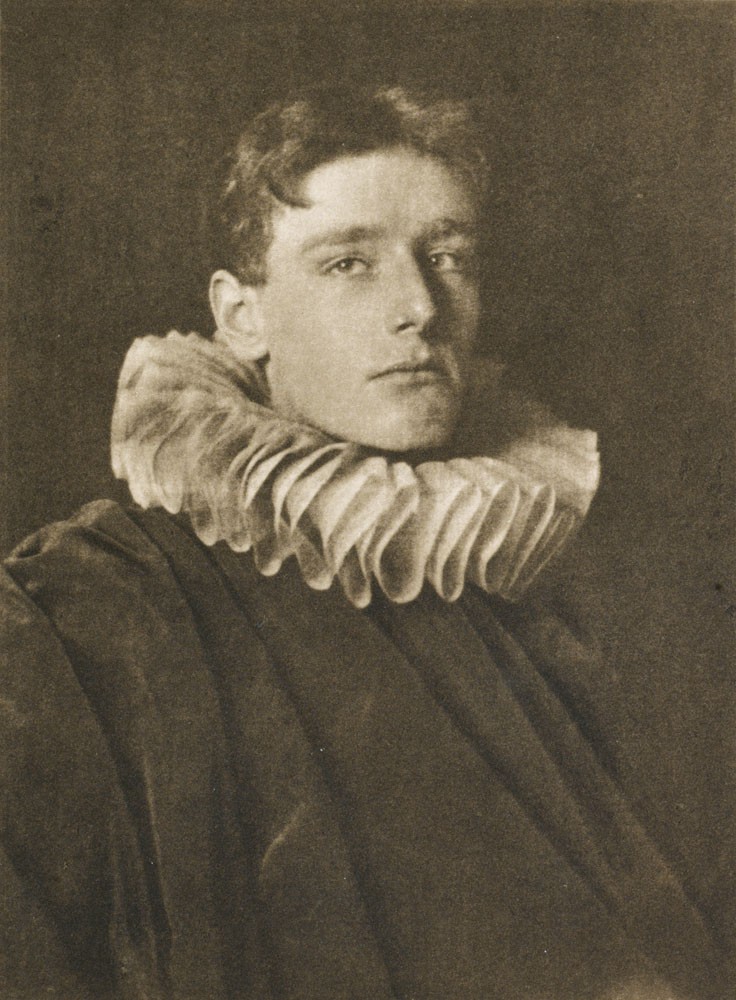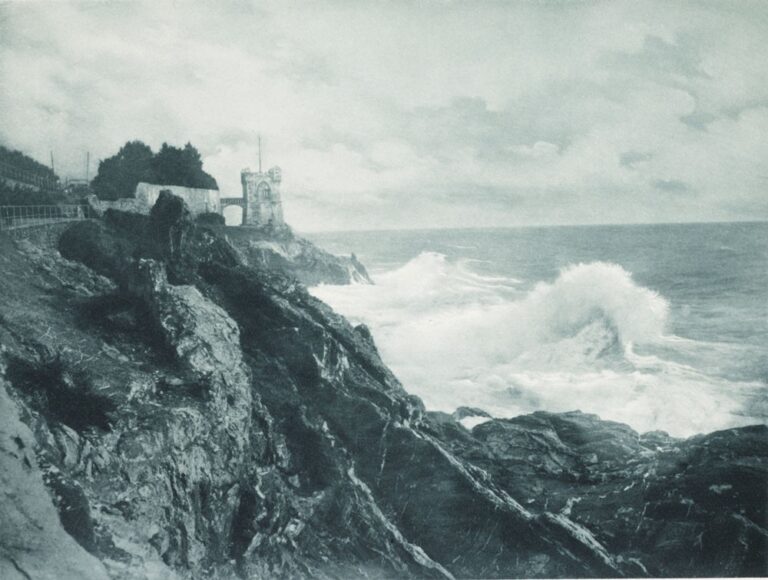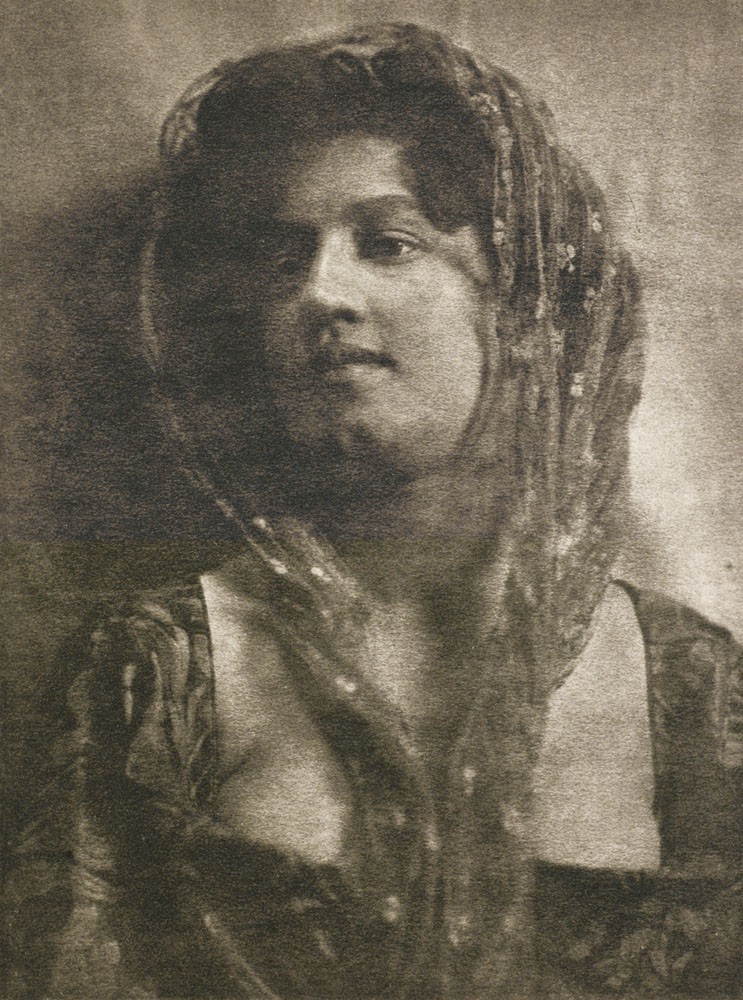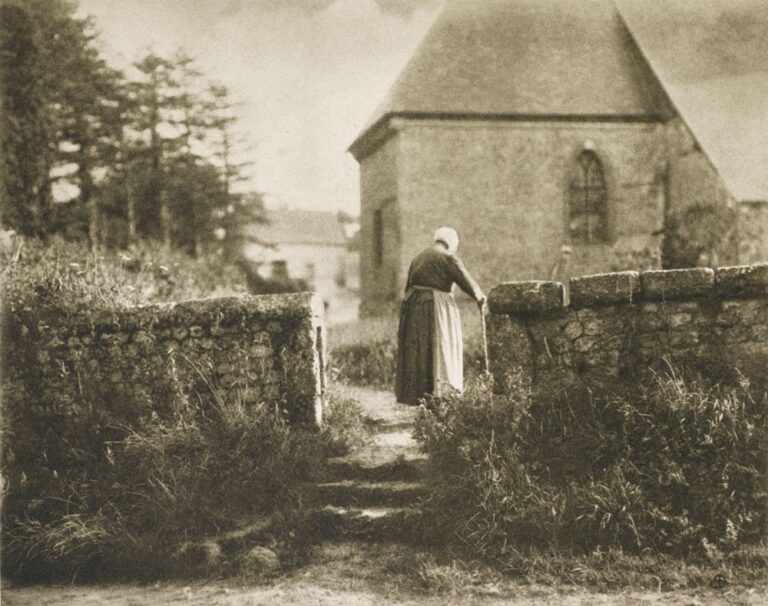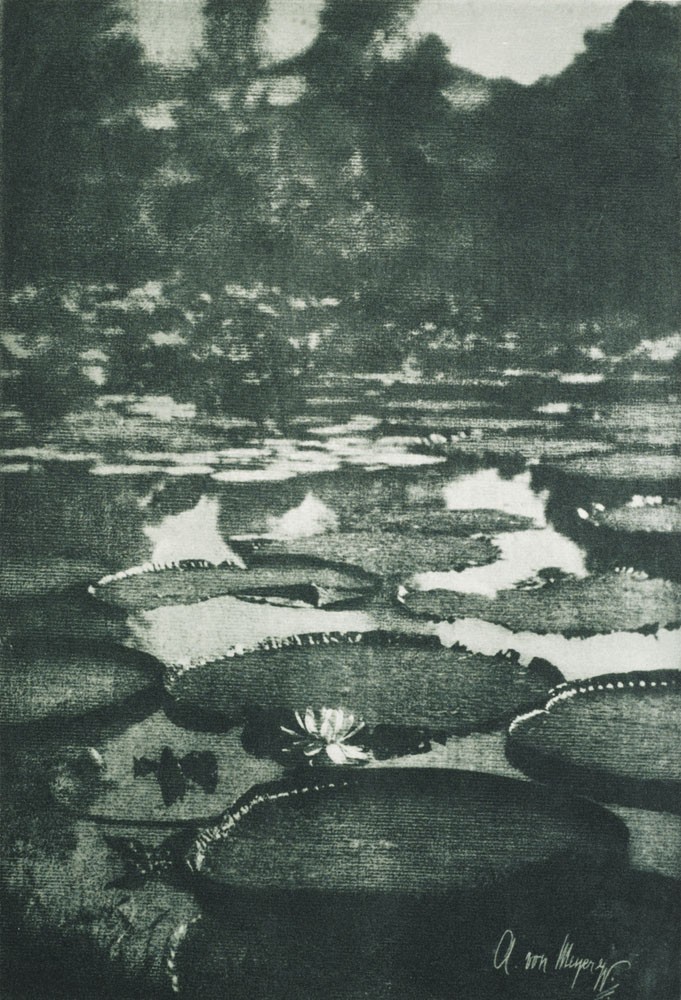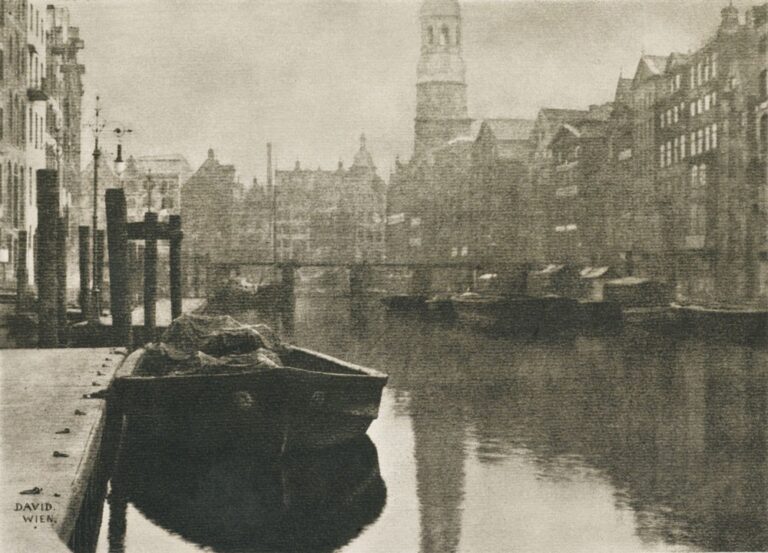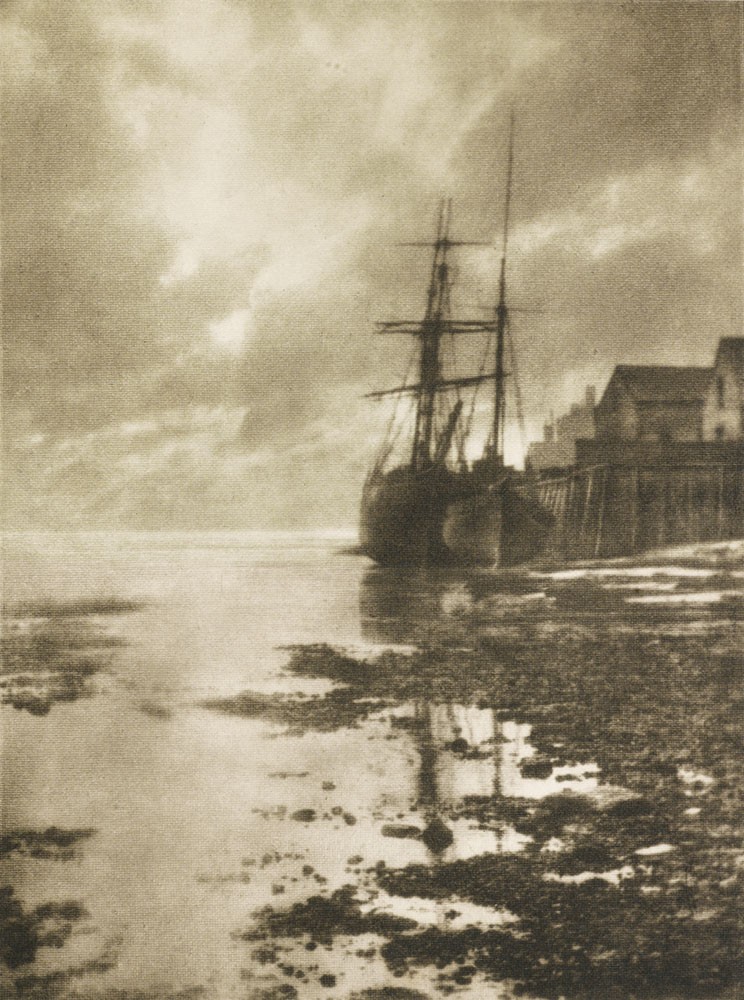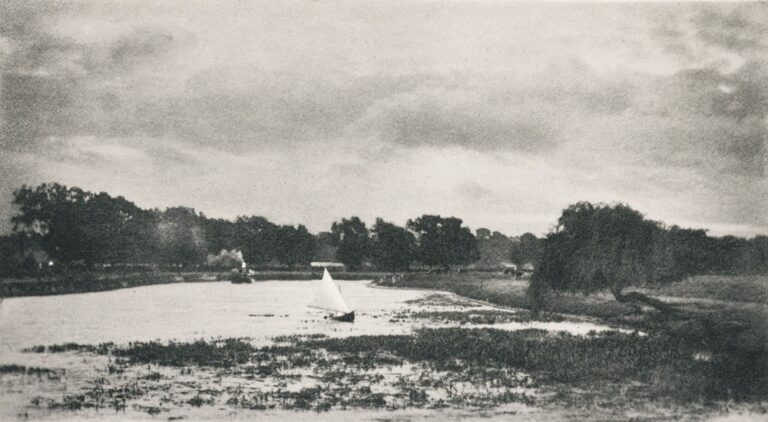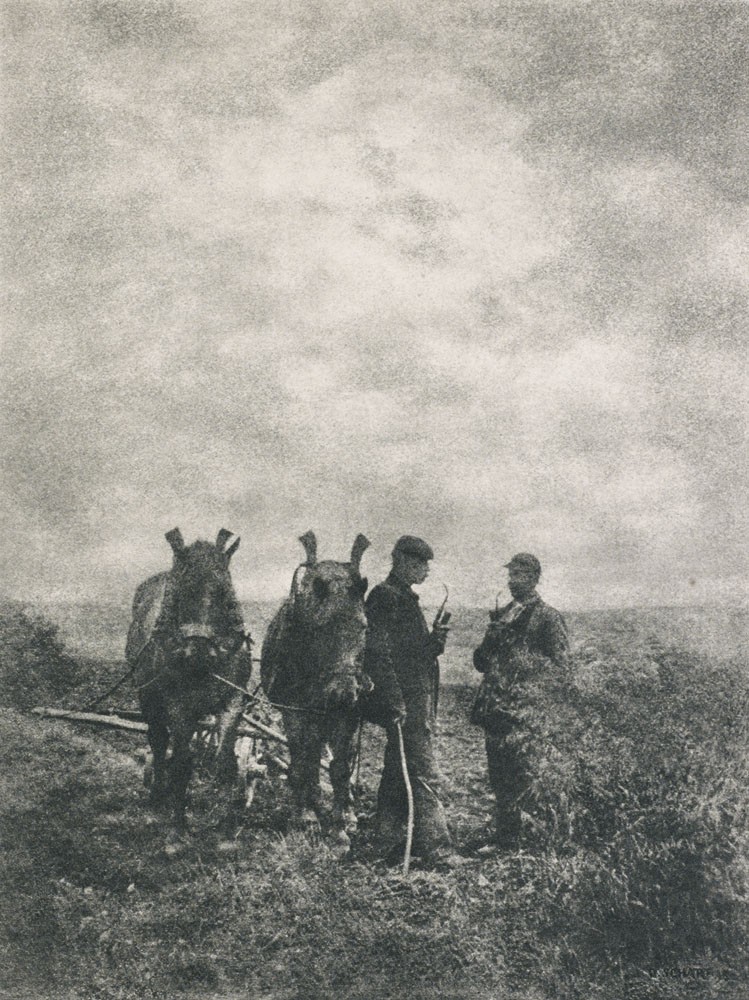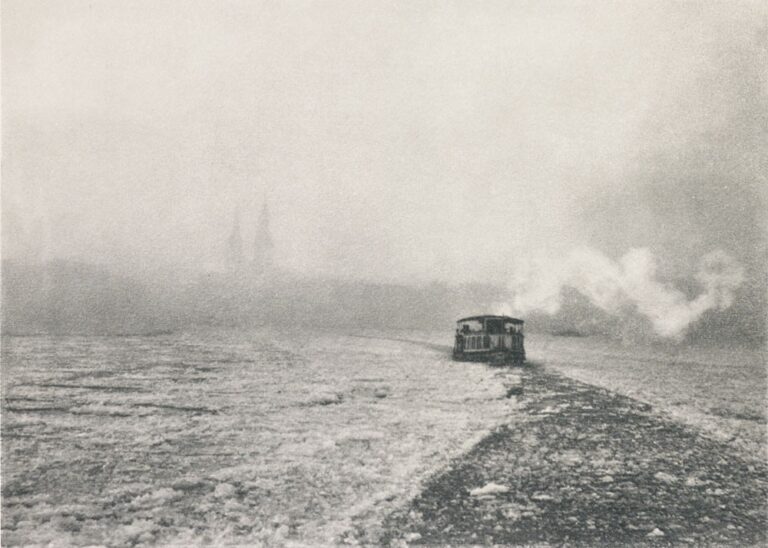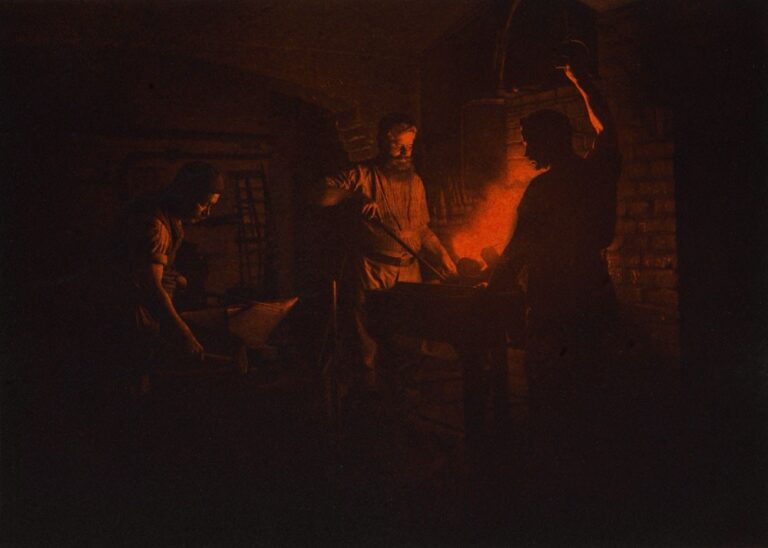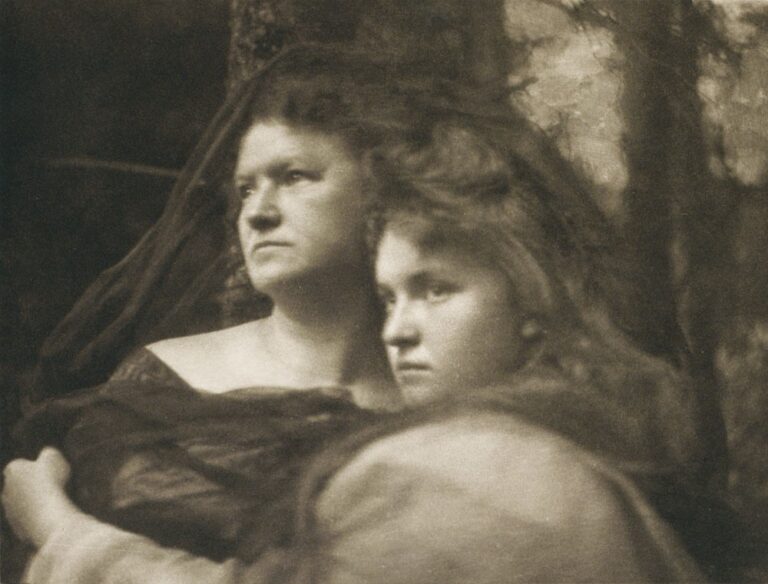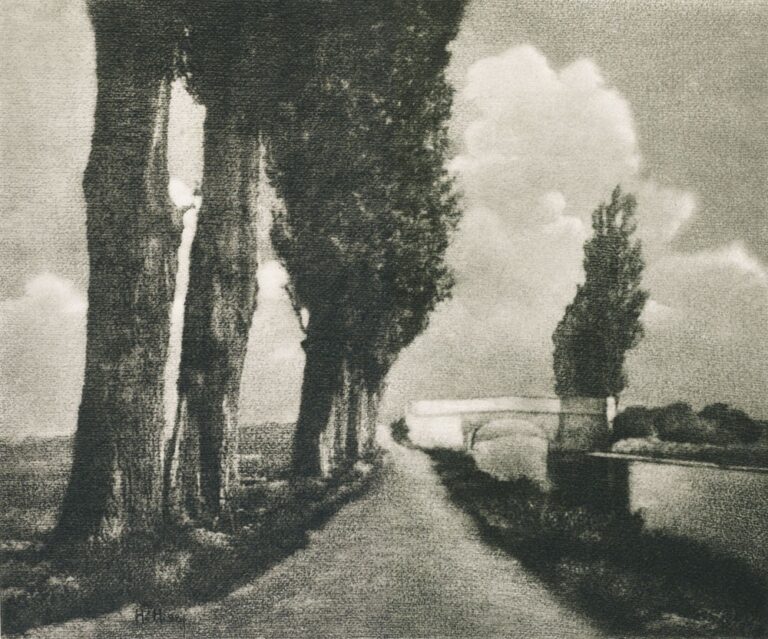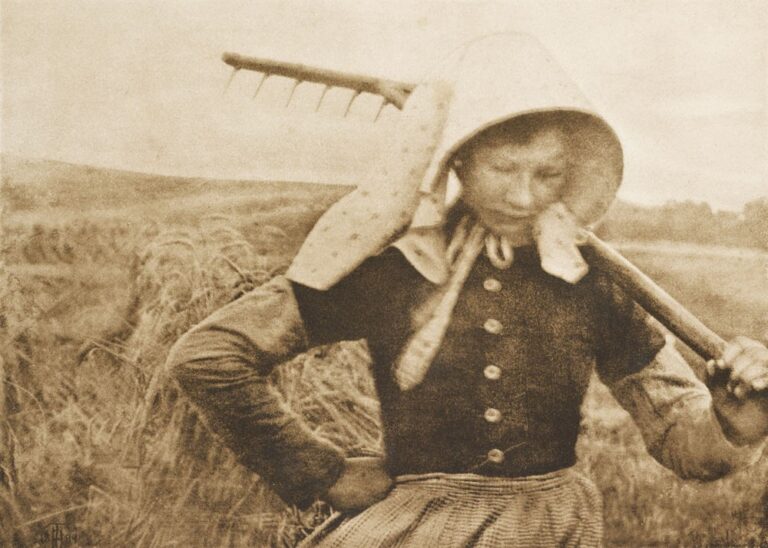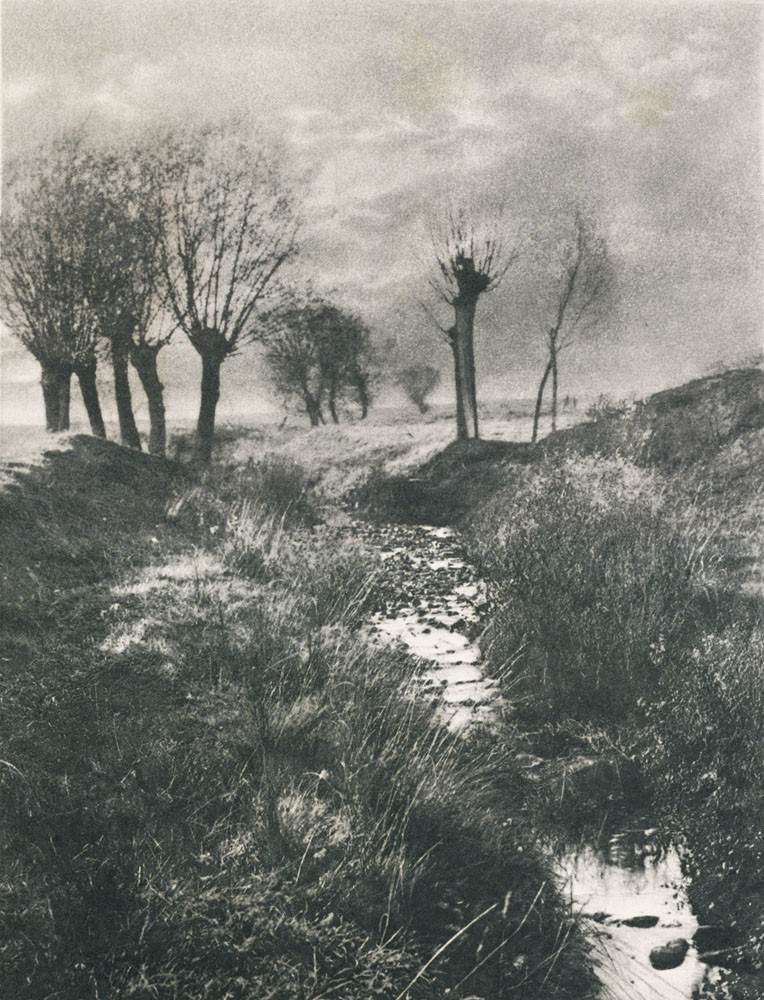
Die Kunst in der Photographie : 1899
Introduction: Die Kunst in der Photographie : 1899
The third year 1899 (Dritter Jahrgang) of this journal featured 36, large-plate, hand-pulled photogravures issued in six art folios. International artistic photographic work exhibited at the year’s exhibition put on in the showrooms of the Royal Academy of Arts in Berlin was featured. In the introduction contained in the first folio for 1899, author and critic Richard Stettiner gives his opinion that this was the first academic exhibition of artistic photography held in this location and that it was not “coincidental”. He states the directors of the exhibition were concerned with the idea that the citizens of Berlin would be able to see examples of artistic photography and that the goal of this ambition was met.
Writing in the History of Photography, author and collector Rolf H. Krauss summarizes Stettiner’s observations for 1899:
“The introductory text (pp. 1-8) deals with the exhibition of art photography in Berlin in 1899, which was opened at the time when the first installment of the year 1899 was distributed. That event is compared in particular with exhibitions in Hamburg and in Munich (the latter had been organized by the ‘Secession’ a year earlier). Since 1894 the Hamburg exhibitions had been under the influence of Lichtwark (Alfred) and Juhl (Ernst), who regarded artistic photography as an amateur preoccupation, and as an outstanding aspect of dilettantism. “These exhibitions have as their main purpose the presentation of excellent works to Hamburg devotees of amateur photography, works which they may compare with their own achievements.” The Munich exhibition of 1898 contrasted with the Hamburg exhibitions by presenting a new type of photographic salon. The decision by the board of the “secession”, i.e., by artists such as Dill, Habermann, Stuck, Zügel and others, to organize annual exhibitions of art photography marked a new epoch for that genre. This had nothing to do with pedagogical objectives; the idea was to encourage artists to work with photography. Only the very best work was shown by invitation. The efforts in Berlin were again of a different nature. There two amateur societies with a total membership of over 600 photographers decided that anybody should be free to submit work. A panel of judges then made the selection. We are grateful to Berlin for thus enabling photographic artists from anywhere in Germany to display their works and talents.” 1.
A breakdown of Stettiner’s text (pp. 1-44) for the year 1899 is divided beginning on the following pages as follows:
9. The English School at the Berlin Exhibition
15. The French School at the Berlin Exhibition
23. The “Association Belge de Photographie” (comprising 7 photographic societies: Antwerp, Brussels, Courtrai, Ghent, Liege, Leuven, Namur) in Belgium
30. “Vienna and Hamburg” : a comprehensive survey of the contemporary state of art photography around the world
1. Rolf H. Krauss: Die Kunst in der Photographie, the German Camera Work: Part 2: Texts in Abstract: History of Photography, Volume 11, Number 1, January-March 1987: p. 10
